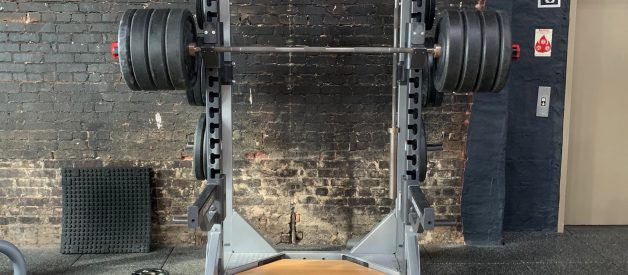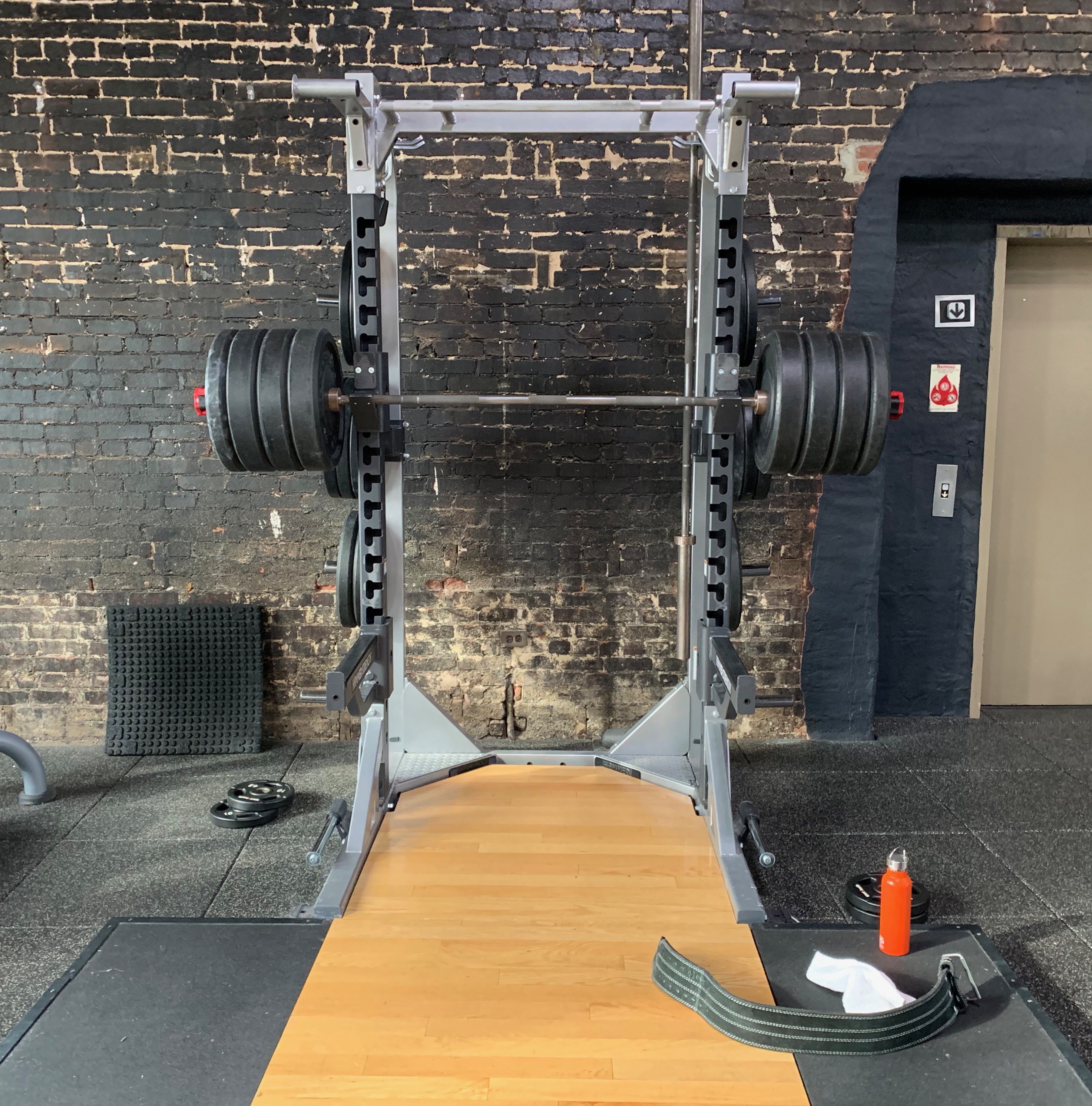
Bury me with my name in an unmarked grave ? another casualty to the vanity of history
This is a retrospective on doing a year of different templates from 5/3/1 Forever, Jim Wendler?s most recent tweaking to his super popular strength training program. I have been doing 5/3/1, in some form, for two years now. I have program lifting for three and a half years. That?s not long at all. So, this is not the opinion of an expert, merely the experience of an average man that finds time in his schedule to lift four times a week.
But what speaks louder than numbers? Not much to most folks, so here they are:
Overhead Press (OHP): 155 lbs ? 170 lbs
Back Squat: 395 lbs ? 430 lbs
Bench: 240 lbs ? 275 lbs
Deadlift: 435 lbs ? 465 lbs
Bodyweight: 184 lbs ? 189 lbs
Body fat: 16.7% ? 16.1%
When I started out this year, I mentioned it to a fellow lifter and he said that anyone that did a year of 5/3/1 Forever would ?be a strong son of a bitch? at the end of it all. I?m sure a lot of lifters would say these numbers are not very strong, but Symmetric Strength rates me as ?proficient? in all lifts except squat, which I am ?advanced.? I?ll take it. I leave this year of 5/3/1 Forever the strongest I?ve ever been in my life.
What Is 5/3/1 Forever?
If you have heard of 5/3/1 in general, you can skip this paragraph. 5/3/1 is a strength program developed by Jim Wendler noted for its efficiency and customizability. It centers itself around what is considered the big three of powerlifting, bench press, deadlift and squat and then adds in popular tag-along lift: the overhead press. While there is a core version of the program, the strength of it comes from the various templates Jim and others have developed over the last decade plus. In the core and most templates up until Forever was released, you devote one day a piece to one of the four core lifts for main work. Then you do supplemental work, more barbell work to help give you more volume to get better at those lifts. Then, finally, assistance work, usually in the hypertrophy range; often, dumbbell and/or machine work to buff out specific weak points. This is done for a cycle of three weeks. Then a deload for a week (sometimes). Then increase the weight and begin a new cycle. So, every time you see ?cycle,? you know it?s about three to four weeks of time to complete. Templates differ in the supplemental and/or assistance work, but the main work mostly remains the same.
Jim has made the basics of the program available to anyone for free, if you like to dig in even more.
Forever takes 5/3/1 to a slightly different place. It introduces leader and anchor cycles. The leader cycles are heavy on supplemental work, light on assistance work. The anchor flips that, it?s light on supplemental work and heavy on assistance work.
In between leaders and anchors, the 7th Week Protocol is the new deload week: a break from heavy lifting for a week. This keeps in line with Jim?s general philosophy that you should deload and take it easy before you need to, so you don?t injure yourself and hit a wall hard and take forever to find what intensity you should be working with. This has been a part of 5/3/1 from the beginning.
One final note before we get into the meat and potatoes here: this review assumes you are at least somewhat familiar with 5/3/1 at points. I?m not including a glossary or anything like that. While I will try to use full terms before switching to acronyms and explain things where I feel it might be useful, I am not writing this as a explainer of 5/3/1. But, if something in here doesn?t make sense, feel free to leave a comment or find me on social media and I?ll be happy to talk about it if you?re not a total asshole.
Because there can only be one total asshole in any conversation, and I have already filled the quota.
Who the Hell Am I?
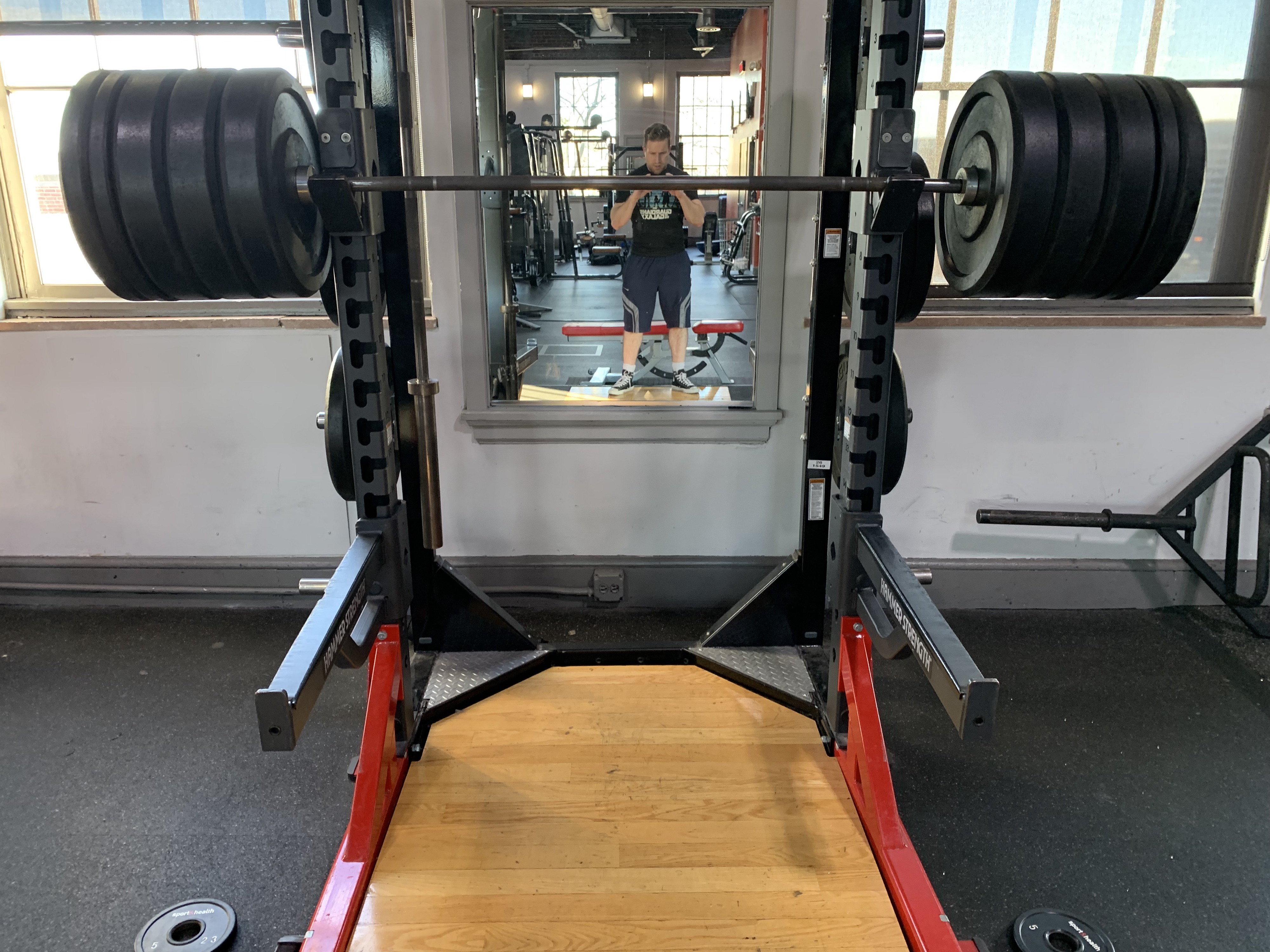
I am a mid-30s cis male in OK shape. The only chronic health condition I have is asthma, which is brought on both by exercise and by allergies. I started 5/3/1 in February of 2017, switching to Forever style programing in February of 2018. I have been program lifting for almost three and a half years total. First six months were Stronglifts 5×5, then a year of Greyskull LP (during which I injured my back and spent months in recovery, losing a lot of deadlift and squat progress).
Before that, I had been on fuckarounditis for two years of varying intensity and absolutely no progression plan in an apartment building gym similar to a hotel level gym. I spent my 20s largely an out of shape obese guy after being an athletic teenager.
Work Outside the Gym
During this year, I took, daily, the following supplements: creatine 5g, a D3 5,000 IU vitamin and a Fish Oil for Omega-3 1000 mg. I did also supplement my protein intake with a shake almost every day, but this was, at most, about a third of the total protein I ate any given day.
I tracked calories meticulously for a half a year before starting this year of 5/3/1 Forever. I continued calorie counting for another half a year into this programming and then decided to see if I could get by without it. I ended up putting on moderate weight for the year, going from 184 lbs in February of 2018 to 189 in February of 2019. At the same time, I lowered my body fat by over half a percentage point. So pretty ideal, slow bulking for putting on muscle and limited fat.
On days off from the gym, I did a bodyweight routine at home for 15?30 minutes. This was a mix of hollow body holds, planks, ab wheel, triceps bench dips, leg raises and push-ups.
Jim has various conditioning requirements for each template that changes between anchor and leader cycles. I do not do any super demanding cardio due to suffering from asthma. So, for my easy endurance training days, I walked about 2.5 miles, usually pushing my thirty five pound toddler in a stroller. For my hard endurance training days, I put on a 40 lbs weight vest, walked about 2.5 miles while stopping every .75 miles or so to do some lunges, prison squats, box jumps (or more accurately ledge jumps) and/or triceps dips. During cold weather months, I found it more difficult to get my ass outside and do hard conditioning, so I definitely didn?t do it as often as required for S.V.R. II and God is a Beast.
For the seventh week protocols, I often went to the gym and just did some pure vanity work. I rarely touched a barbell during any of them and for a couple, actually didn?t work out at all. When I did make it to the gym, it was the same assistance work I did in the previous cycle and then just added an extra push and pull each day. I focused arms more than anything because who doesn?t want bigger arms? The purpose of seventh week protocols is just to stay active without really pushing yourself too hard.
How I Picked What Templates To Do
I wanted templates that continued the four days a week thing that I had been doing for a year already on vanilla 5/3/1. I have a toddler that I am the primary care giver to, and toddlers respond well to structure and sameness. I take him with me to the gym and leave him at their day care while I lift. This means I have a hard cut off of an hour and a half from when I drop him off to when I pick him up. So, each day can, at most, take 80 minutes from first lift to last.
That informed a lot of of my choices.
Other things I went for were aesthetic (cool names) and stuff that was off the beaten path. After doing vanilla 5/3/1 for a year, I was looking for stuff that was a bit more odd, maybe stuff I never heard anyone say they did on forums. But, to ease in, I went with S.V.R. II first. This was based on a suggestion that it was a good example of the new normal of the Forever version of 5/3/1.
The big additional restriction I did was run stuff with an 85% training max (TM) recommended. I didn?t want to worry about my loading to affected by doing templates run at different TMs. I went with 85% specifically because S.V.R. II was run at that TM, so it made sense to just stick with what my first template was.
The end result is the following programs, with links to my in depth reviews of each one:
S.V.R. II: A good introduction to the anchor/leader concept that is key to the new 5/3/1. An easy to follow template that still changes daily to remain engaging. Did not move my numbers well at all, but I enjoyed it still.
Black Army Jacket: Eschewing the normal 5/3/1 rep/set pattern, Black Army Jacket uses Spinal Tap sets, doing a week?s worth of work in one day, as a way to really pump up volume. Absolutely blasted my upper body lifts (overhead and bench) into heights I?ve not been able to get back to.
Pervertor: S.V.R. II on steroids, Pervertor employs a lot of the common supplemental template styles invented for vanilla 5/3/1 and smashes them into one template. By far the most challenging template I did, but this demanding nature did not result in a lot of movement for my personal bests.
God Is A Beast: The most odd template I did, it is almost nothing like 5/3/1 and lasts three times as long as the other templates. Employs a variation on Spinal Tap sets and Boring But Strong (BBS) sets. Gave me some good results on numbers, didn?t feel too demanding, but took a long, long time.
If I had to do all over again, I probably would have swapped God Is A Beast for Coffinworm, which is also an odd template compared to others, but doesn?t last for almost half a year. This would have let me do more templates and would have kept me from getting a little mentally checked out.
Top 5 Big Takeaways
1. Raise Your Floor, Not Your Ceiling
This was my biggest takeaway: 5/3/1 Forever seems aimed at raising the floor more rather than the ceiling. There were few As Many As Possible (AMAP) sets, none in the leader cycles of the templates I did. Instead it was a lot of very defined work to get to the gym to, get done in workman fashion, and leave to rest for more. Mentally, this was very nice. After a year of vanilla 5/3/1, I was starting to agonize a bit over whether or not I had actually done as many reps as possible. It made me burnout a bit on going to the gym. S.V.R. II, the first template from Forever I did this year, revitalized my desire to get in and do work.
To make up for the lack of AMAP sets, there?s a lot more barbell volume. This is accomplished by employing 5s progression (5s PRO) sets often. That is: doing 3×5 all three weeks, instead of the vanilla 5/3/1 set/rep scheme of 3×5 week one, 3×3 week two and 5?3?1 reps for week 3. That?s a difference of 45 total reps required a cycle with 5s PRO rather than 33 in traditional 5/3/1.
Now AMAP in old fashioned 5/3/1 sets might bring those total rep numbers in line with each other any given week, but that?s my point: Forever is less worried about pushing near maximal levels, swapping out those high intensity reps for a more even distribution of reps across all loads from 65% of TM all the way up to 95%.
On top of that, there?s aways some supplemental barbell work in addition to the main work. In previous templates, there was often only main and then supplemental OR assistance work. Forever makes sure there is supplemental work in near every template. This may be a way to address the perceived lack of volume in 5/3/1 that some critics break out, but regardless, it means there?s a lot of time under the bar at some fairly low intensity.
The result, in my opinion, is better overall base strength but at the trade off of less emphasis on big 1 rep maxes (1RM). I get into it in more detail below; but this is best illustrated by the fact that I only added about 100 lbs to my powerlifting number, while I added around 200 lbs to my TMs.
This means Forever is even less of a powerlifting program than it was before (some argue it has never been a powerlifting program, despite being based on powerlifting?s main lifts) and more of an overall strength and fitness program.
2. Training for People Who Get Bored Easily
5/3/1 was already regarded as being designed for people who get bored quickly with the same old routine. Even before Forever, templates were meant to be swapped every three to five cycles (months) or so. Forever takes this up a notch with the general recommendation to do 2?3 leader cycles and 1?2 anchor cycles of any given program. So not only are you still changing templates every three to five cycles, but each template is, in a way, two templates: the leader version and the anchor version.
If you find updating your workout app/spreadsheet/notebook weekly annoying, 5/3/1 probably already wasn?t for you. But if you have difficulty staying engaged with a program because it?s the same thing week-in, week-out, Forever makes 5/3/1 even more varied.
Further, many templates encourage you to target a pair of the big four?s supplemental work with more intensity and/or volume so even more variety is possible. For example, in S.V.R. II, supplemental work on focused lifts is demanding and high intensity while non-focused lifts are just a basic first set last (FSL) at 5×5. Jim says you can switch which lift you are targeting each cycle or even weekly for more variety in many templates.
In addition to that, most templates have a change up in the type supplemental often. Take S.V.R. II as an example again. It has entirely different supplemental work each week of each cycle; widowmaker sets week 1, SSL week 2 and so on. In traditional 5/3/1, the supplemental work remains largely the same for three months. This engaged me a lot more, wondering how I would handle the new supplemental stuff being thrown at me. At the same time, I would occasionally forget to update my workout tracker before a new week started and even found myself posting on forums on my walk to the gym asking what the hell I was supposed to be doing.
One downside to this is delayed onset muscle soreness (DOMS), is way more common. With the different schemes, focuses, etc my muscles were worked at varying levels throughout the year and resulted in DOMS often. This isn?t a super bad thing, it?s often recommended that you work through DOMS rather than rest. But still, not being sore is often preferable to being sore.
3. Peaks and Valleys
5/3/1, in a way, has always been a bit about taking it easy and then upping the difficulty until you hit a near maximal load and then you back off again. This essentially meant the 1st week was ?easy,? 2nd week was a little tougher and third week was when you really did your personal record (PR) chasing with that 95% of your TM AMAP set. Then you go back to 5s week. Go up to the peak, then back down to the valley and start climbing again.
Forever, again, heightens something that?s already in 5/3/1 with this aspect. Now leader cycles feel like build up to the anchor cycles, where the real work is done. Even though that?s probably not how Jim meant for it to feel, he doesn?t express this at all the book, that?s still how the design felt to me. Often, leader cycles have no AMAP sets, giving them that low intensity feel that used to last a week or two in traditional 5/3/1 template and stretching it out for months.
As I mentioned previously, the break from PR chasing literally every day was a welcome one for a guy like me that just can?t set daily PRs anymore. But, it also means I spent a lot of time not knowing if I was actually making any progress. A lot of time in the valley. This was especially apparent during God Is a Beast, when I went four months without once testing my PRs. The work felt demanding, but I often found myself wondering if I was actually making progress. When I got the anchor cycle of any template, I found myself very hungry for AMAP sets.
This is a double edged sword. After a break in PR chasing, the hunger to test myself grew. The release to chase them down became very satisfying. However, when I regressed, like I did with Pervertor, I found myself frustrated. I would spend time during the leader cycles thinking ?I might just be spinning my wheels here.? And I was! It?s much easier to change course when you?re checking in more often on how your progress is going.
This is mentally draining in another way too. I found myself in my head quite a bit about when I would have another hard day versus an easy day. In traditional 5/3/1 this would happen too, but it would progress so quickly, that by the time I could dwell on it, I was already in the next peak or valley. Forever lets you really get inside your own head a bit at times because everything has been stretched out a bit.
4. More Flexibility
Forever is also very laissez-faire about what specific assistance work is done; the recommendation is just x reps of a push exercise, x reps of a pull excercise and x reps of a core/legs excercise (usually 50 reps for leader cycles, 100 reps for anchors). While Jim has a list of exercises he recommends for each of the three, the lifter fills in which specific one to do. I changed my assistance every template, but nothing says you can change it even more often if you?d like.
This is very different from most templates popular with 5/3/1 up to this point, where each one came with very specific movements for assistance. This lead to a bit of tension between Jim?s insistence that if you alter his program too much, you?re not doing his program any more and shouldn?t call it 5/3/1, while, at the same time, he?d dismiss assistance work as largely not mattering compared to main and supplemental work. Now, assistance work is less codified, which sort of resolves that tension.
This seems like a good time for me to confess that greatest sin I committed against the program as written: I disregarded the list of assistance excercises Jim has in the book. Instead, I used Renaissance Periodization and their guide to hypertrophy by science to pick out my assistance work. There was some overlap between what Jim recommends and Renaissance Periodization?s list, but not a lot. This change came from my desire to make this program act like sort of a bodybuilding, or to use the buzzword of 2018, powerbuilding, program.
And I think it worked.
This was the year everyone in my life started really noticing that I look like I lift heavy things. While I personally think I look the same as I have for about two years now (since I got below 20% body fat), everyone else in my life seems to disagree.
I attribute this to Forever?s insistence on hypertrophy work in every template, which didn?t always happen in traditional 5/3/1, along with the above confessed sin. But, it could also be that I finally possess enough muscle for it to show. After all, I have only been program lifting for three and a half years. I think a lot of new folks to lifting don?t understand just how long it takes and how hard you have to train to get ?bulky.? I?ve seen fitness forum posts from people not even lifting a full year wondering why they don?t look like Chris Evans yet. Even I committed this error early on with my review of the Bodybuilder template of traditional 5/3/1.
Flip side of that, I hear a fair amount from people want ?just tone? and assume they will accidentally turn into Arnold if they lift heavy weights more than a few times. As if muscle mass just sneaks up on people if they?re not too careful rather than it being the result of years, if not decades, of training.
Regardless, this extra flexibility contributed to me enjoying the program a lot more. I could see a beginner being a little overwhelmed by being able to pick any assistance exercise and wanting more guidance. But for me, I was able to program ?fun? assistance on squat and deadlift days so that I wouldn?t view those days quite so negatively because the main work was so demanding.
5. I Barely Scratched the Surface
According to the table of contents, there are almost 50 different templates in 5/3/1 Forever. And many of those templates had sub variations (there are 17 variations on his full body routines alone). I only got in four templates over the course of a full calendar year. I rarely missed days. And often when I did, I would make them up by occasionally going five times a week instead of four to get back on track. Even during the holidays, I found a way to my work in, even if I had to squat in a Smith machine or overhead press sitting on a bench.
I tried to get in as many templates as possible, and I couldn?t even do 10% of the offerings in this book.
But I should note Jim includes all sorts of templates for different needs. Some only a couple days a week at the gym, others designed older lifters, and so on. Others still are more variants of a single template; for example there are many variants of SSL that run up page numbers, but most lifters will probably just run one or two of them in their life. The result is that the average lifter may only find use for half, or less, of the included templates. This is good, as we all have different goals and different schedules that affect how we can chase those goals.
But if you go in with a very open mind and a lot of flexibility, you could just do everything in here and it would probably take roughly Forever.
This signals to me that Jim might be about done writing books, it?s hard to see any joy in this book. His effort of 5/3/1 Forever definitely didn?t include a copy editor. As someone that also makes an insane amount of typos and doesn?t use a copy editor, I can smell my own. Hell, he forgot to include a table of contents in this book and had to publish them on his blog. He also has signaled he will likely never publish an electronic version of this book, likely because he has spoken about how much he hates the pirated copies of his other books easily available electronically. This book also contains his mythical Krypteria program finally laid out in full after it had been mostly hiding behind the paid part of his web forums.
But that?s all speculation, maybe he?s done, maybe he isn?t. The fact is, this is pretty good evolution and summation of everything 5/3/1 has become and it has a home with any lifter if you don?t mind supporting a guy like Jim. It?s probably not the best stand alone 5/3/1 book, it assumes the reader knows what 5s PRO, First Set Last and other vocabulary words are without establishing exactly what they are until later in the book. But, if you want to do 5/3/1, you really should be doing the Forever version of the programming.
A Deeper Look at Numbers
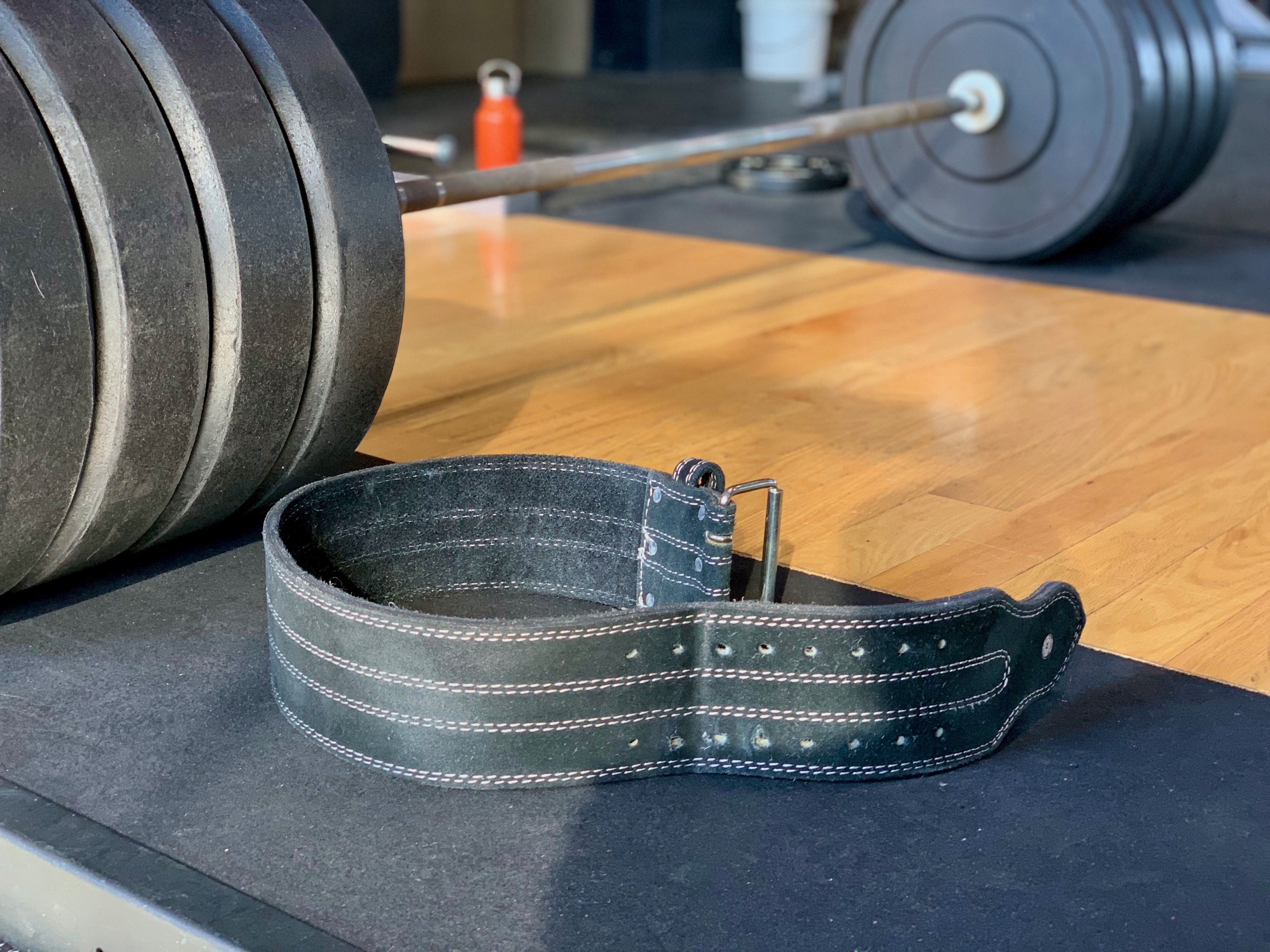
While I posted my 1RM number in the individual reviews, I never posted my training max numbers. Given how much more movement I had in my TM than 1RM for this year, a deeper look at this might help drive home my point about floor vs. ceiling.
My loading philosophy is to load 5 lbs to each upper body (bench/press) TM and 10 lbs to each lower body (deadlift/squat) TM at the end of each cycle for five cycles. After the fifth cycle, for the sixth, I remove 10 lbs from each upper body TM and 20 lbs to each lower body TM. Then I start the climb back up for another five cycles.
This sort of strategy was a hold over form my time in regular 5/3/1. The programmed in deload is very much a part of Jim?s philosophy of backing off before it becomes absolutely necessary so as to keep things like form and bar speed as the most important part of lifting rather than how much is on the bar.
I did this strategy during this year, and planned on repeating, but by the second time getting to the fifth cycle it was pretty clear I had over extended myself. So I did four forward, two back for the second time around. You can find more details about this in my review of God is a Beast.
Additionally, if I ever failed any main work of any lift all cycle, I did not load that lift up at the end of the cycle.
This is all to say, in 5/3/1 TM has no connection to actual 1RM after the first cycle. Loading is done by algorithm rather than in relationship to progress in terms of 1RM.
Anyway, here?s how my tested 1RM moved throughout the year:
OHP : 155 lbs ? 155 ? 175 ? 160 ? 170
Squat: 395 lbs ? 380 ? 420 ? 395 ? 430
Bench: 240 lbs ? 240 ? 280 ? 265 ? 275
Deads: 435 lbs ? 420 ? 440 ? 450 ? 465
For comparison, here?s how my TM moved:
OHP : 130 lbs ? 140 ? 140 ? 150 ? 160
Squat: 325 lbs ? 355 ? 355 ? 385 ? 395
Bench: 200 lbs ? 215 ? 215 ? 230 ? 225
Deads: 360 lbs ? 390 ? 390 ? 420 ? 420
These TM numbers might look odd, especially having the same TMs at the end of both S.V.R. II and Black Army Jacket, but this is because of the scheduled deload. The other anomaly, some lifts gaining faster than others, is failure. As I mentioned above, if I failed to complete main work, I didn?t increase my TM for that lift during the following cycle.
That said, there?s something funky about my bench press TM at the end that I can?t explain. It should have gone up, or stayed equal at the least, and instead it went down without a deload. I have to assume this was human error, I filled in the spreadsheet wrong at some point. And I didn?t catch it, sadly, until this write up. That said, my 1RM on my bench went up during that time, so it wasn?t a devastating error anyway.
While TM is loaded by a formula rather than actual lifts, by not loading if I failed main work, I still get a feeling of what I can do at minimum. In the case of my squats and deadlift, my TM moved by an almost 2:1 ratio compared to the movement my 1RM. This means I put a lot more weight on the bar over the course of the year than my 1RM might tell me; exactly what I?m talking about when I say the program raises the floor more than the ceiling.
I mention this in the in depth review for Pervertor, but this look at the numbers helps explain why that template felt so difficult for me as well. It?s the period I saw the biggest jump in my TMs all year. Even if my 1RM suffered during that time, my TM kept chugging along. So, I still was adding weight to the bar, just not peaking.
This look also gives me a better idea of what type of training moves my 1RMs for each lift. For bench and overhead press, it was Spinal Tap sets from Black Army Jacket. For my deadlift? Well, its best time was just plain old 5s PROs and first set last that seemsed to move it most effectively. While squat moved the best over the course of God is a Beast, that?s also the longest template by far. It moved almost the same amount in a third of time on, again, 5s PRO and first set last. There are some programs in 5/3/1 where Jim does just let the lifter decide what supplemental work to do based on what they know works. This type of thing is really only knowable by having spent at least a year in the system and seeing what the body likes and responds best to. But, if I decide to ever come back to 5/3/1, now I know what training works the best for me for each individual lift.
Closing Thoughts
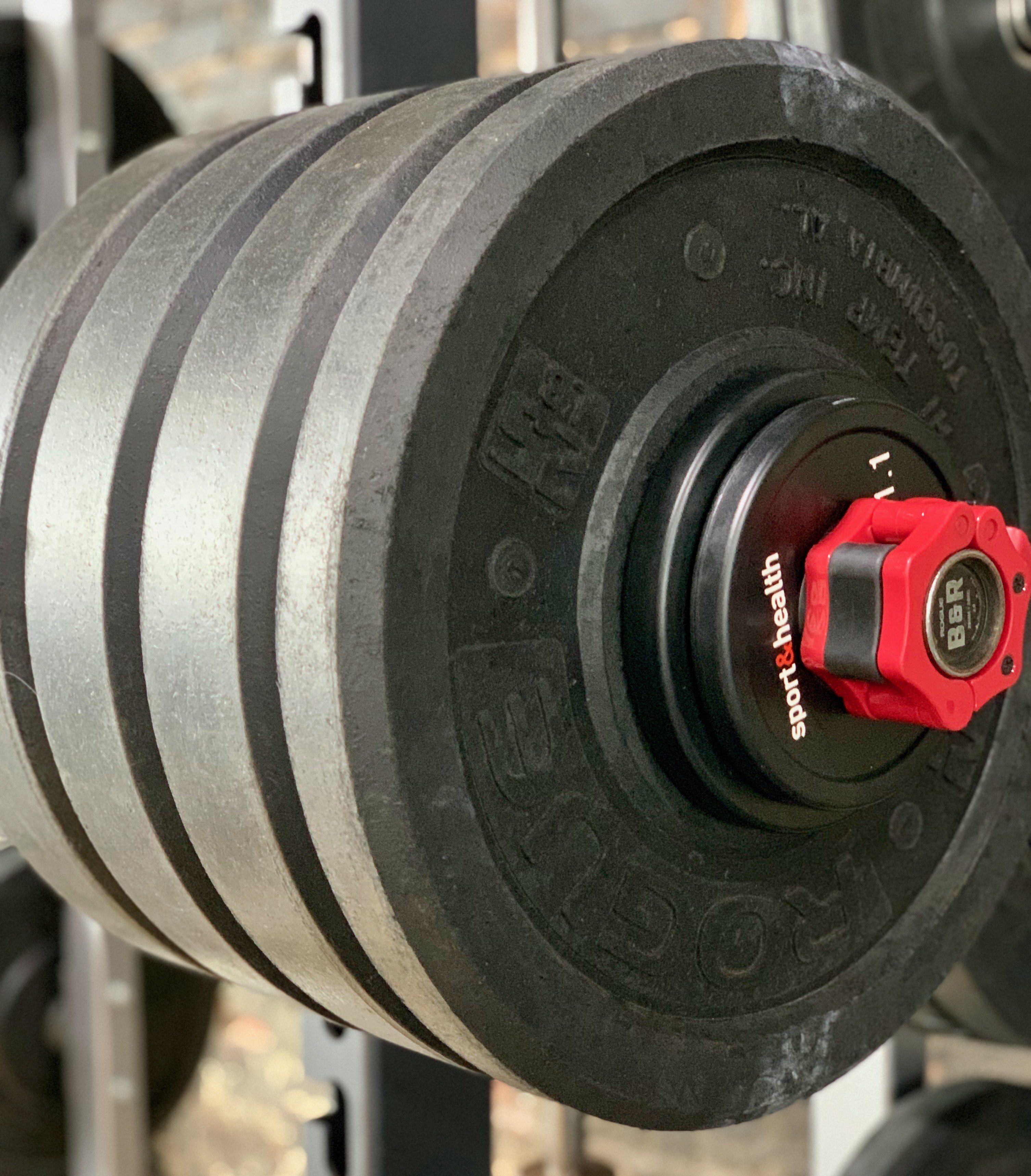
The programs are good. The variety is near endless and engaging. The efficacy remains. The customization options are still the core of it. And if you put in the work, you do indeed become ?a strong son of a bitch.? 5/3/1 Forever makes the program more itself than any iteration to date, for better and worse (though mostly for better).
For my personal journey, I can?t be much happier with the results. Adding over 100 lbs to my power lifting number in a year while cutting my body fat. Moreover, putting almost 200 lbs more on the bar between my four TMs over a year is the type of progress even more serious lifters than me would probably be happy with. Even if I?m not reaching the crazy highs of 1RM chasing I did earlier in my lifting journey, I still feel I?m getting generally stronger. And that?s the real point here.
There is a part of me that would love to just keep doing templates from 5/3/1 Forever? forever. The program has become a security blanket for me, marking the first time I?ve truly felt physically ?strong? in my life. It was while doing 5/3/1 I joined the 1,000 lbs club. After being with it, in some form, for two years, its already become nostalgic for me to think about.
But there?s more than one way to be strong.
And I mean that in every sense of the phrase. Jim?s program is based in Jim?s general philosophy of working out. And while my body reacted well with that, it will be good to step outside that narrow, if effective, view on building strength to try something else. While I look forward to that, I have to admit that going back to 5/3/1 is something I see myself doing someday.
Overall: Recommended
Buy the book. Do what it tells you to do. Get strong.
What?s next for me? Powerbuilding. It?s the trendy catchphrase in many online fitness circles and I?ve decided to embrace it whole hog. Put me on the trend train. I?ll be doing Power Hypertrophy Upper Lower (PHUL), which is probably the most popular version of these programs. As I mentioned above, I added dimensions of powerbuilding to my 5/3/1 Forever work anyway, so I think this seems like the next obvious step.
The idea behind powerbuilding is to combine low rep, high intensity compound movements with high rep, low intensity isolation work. The former has been proven to be best for strength training. The latter is about equal in terms of effectiveness of building muscle size, but it?s much easier to do high rep, low intensity than the opposite, so why not just do a bunch of volume at lower intensity?
The one thing I?m worried about with PHUL is that it?s the first time the program itself won?t tell me how to load the weights. It?s as simple as this: if one week is too easy, add more weights next week, if it?s too hard, take some off. I?m a bit worried about properly making that judgement call versus letting an algorithm figure it out for me, but we?ll see how it goes for eight weeks anyway. But I will miss 5/3/1?s algorithmic loading, which more forced me to add weight to the bar rather than asking me if I would like to.
